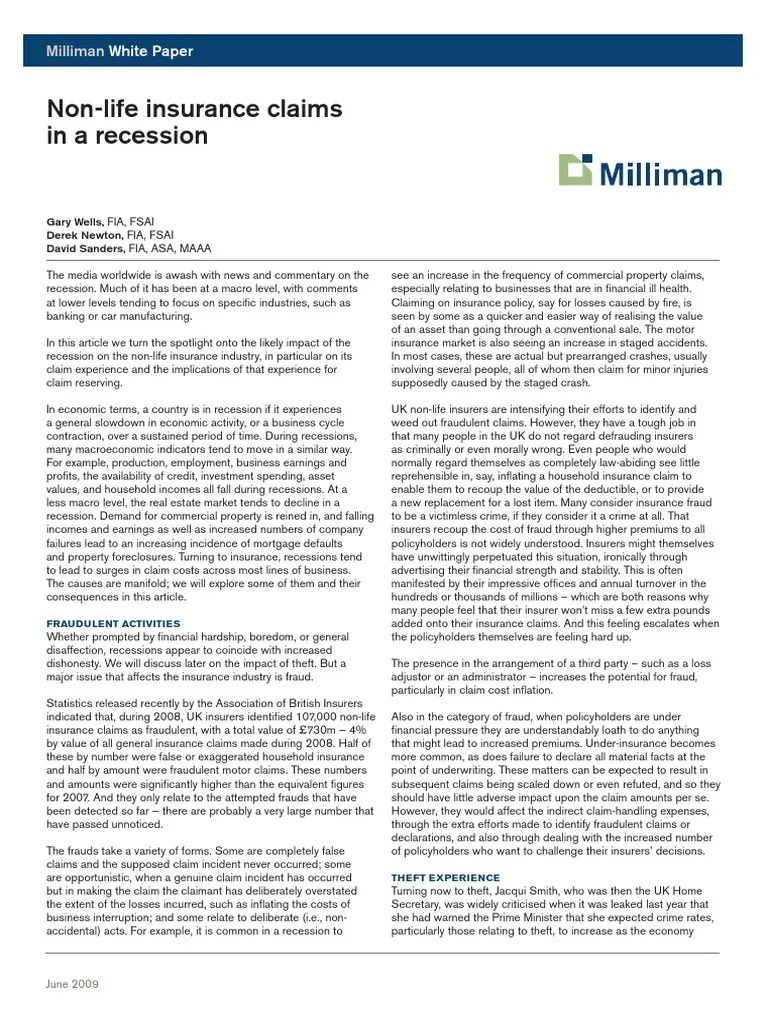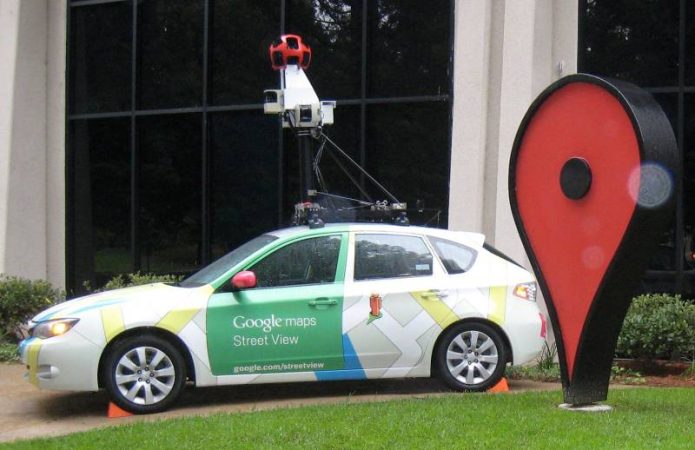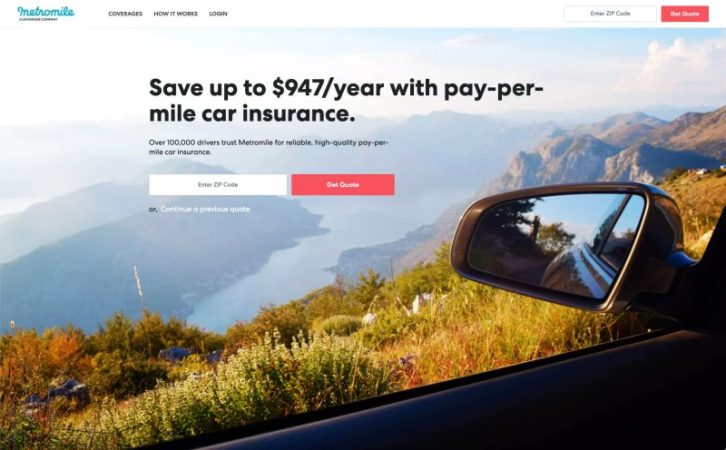
Car Insurance Frauds Examples – Insurance fraud is a bigger problem in the United States than many people think. And those who do are increasingly creative. While there are many common scams such as pretending to lose an expensive piece of jewelry and then filing a claim, scammers are also successful in scams such as faking car accidents.
For example, the driver in front of you may brake suddenly in the hope that you will hit them; if you do, it will simulate an injury. Or, someone could create a fake vehicle title or registration for a non-existent (but expensive) collector or luxury car, then report the car stolen and file a claim.
Car Insurance Frauds Examples

According to the Coalition Against Insurance Fraud, such fraud costs Americans at least $80 billion a year and covers all areas including health insurance, property insurance, auto insurance and workers’ compensation. Although 78% of Americans say they are concerned about insurance fraud, some people find it acceptable to commit minor fraud, such as applying for coverage with premiums you owe.
Deceptive Auto Scams Infographic
However, while insurance fraud is widespread, it certainly does not go unnoticed. Insurers are constantly working to prevent fraud in a variety of ways, including using artificial intelligence (AI). So, before you come up with a bogus claim, check out these 10 ways to investigate such a claim. If you are guilty, this could mean a large fine or penalty for you.
Whether it’s health, auto or home insurance, making repeated claims against your insurance can alert agents. Image source/Getty Images
Have you filed many claims or claimed many losses in your life? These are immediate red flags and anything you post will be reviewed. This is especially true when it comes to home and auto insurance.
Insurers also try to detect any trends in your past claims regarding their frequency and type. You may not realize it, but insurance companies keep detailed records of claims and do all kinds of analysis to interpret the data, from determining who can file a claim to when and where. If your complaint doesn’t fit the typical pattern, they’ll notice.
Aviva Reports 16% Rise In Application Fraud Over Same Period In 2021
Agents look for “suspicious loss indicators” when they suspect a claim may be fraudulent, including when and how the house fire started. digital corridor/Getty Images
National Insurance Crime Bureau (NICB) – did you even know it existed? — Prepared a secret list of 23 “suspicious loss indicators”. These are elements of a claim or circumstances that indicate a claim may be false. Fake. Fraud. OK, the list isn’t really “super secret,” but many people who make false claims don’t realize it exists, and it can be their downfall.
Of course, some of these scenarios may involve legal claims. But don’t worry. Insurers know these aren’t positive indicators of fraud – just possible – but they certainly mean they need to investigate some claims more thoroughly.

In movies, we often see someone suffering a neck injury after a car accident. After the person gives a false statement to authorities, the film cuts to the man at home – sans the large foam collar – embarking on an athletic feat that would have been impossible if he actually had a neck injury. Next scene: a private detective hiding in the bushes takes a picture of the “victim” and leaves.
Best Car Insurance In Singapore: 10 Plans To Consider (november 2024)
This is not just a Hollywood thing. Private investigators sometimes monitor insurance applicants for reasons like this. They also use less dramatic tactics to detect fraud, such as investigating the complainant’s background by reviewing criminal records, interviewing the complainant and potential witnesses, and conducting background checks.
While some insurance companies hire private investigators as freelancers, many hire private investigators, often choosing those with law enforcement and private investigator experience.
Pretending to be injured after a car accident or fall from home is one of the most common ways to cheat on insurance. Krisanapong Detraphiphat/Getty Images
One of the most popular insurance scams involves car collisions that result in both legitimate and fake/exaggerated injuries. Fraud can work in several ways. Let’s say you had an accident and your back hurts. You refer a chiropractor who inadequately bills the insurance company for nonexistent injuries. At that point, maybe attorneys will step in and convince you to begin negotiating a settlement based on your “core” injuries. You become part of the scam without knowing it. Other times, accident victims are asked to participate in such a scam in exchange for a cut of their winnings.
Insurance Fraud And Scams
Generally, people who engage in such practices – certain health professionals or lawyers – will repeat the same scam over and over again. If insurers see that a particular provider is submitting multiple claims over time for accident victims who received a similar treatment regimen, that’s a big red flag.
Billing is another way people try to cheat on their insurance. They will often work with the auto repair shop to settle the bill to cover things like deductibles. Peter Cade/Getty Images
Fraud often occurs through billing and often during medical claims. Doctors or clinics may charge insurance companies, for example, for services that were never provided or for procedures or services that were not medically necessary. They may also increase the price of certain services, bill more than once for the same service, or issue “split” claims for three separate surgeries to a patient who had surgery on three toes at the same time. Sophisticated computer systems have been developed to detect suspicious invoices and bills from doctors and medical facilities.

But billing fraud isn’t limited to medical claims. Auto repair is another area rife with billing fraud. When some policyholders find that their car insurance covers the cost of repairing a bent bonnet – after paying their excess – they will visit their garage to see if the cost of their excess can be added to the bill. Wink, wink, nudge, nudge.
Staged Car Crashes And The Family That Pocketed $6 Million
The most reputable stores will, of course, refuse to do this, but many are willing to go for it. Or the shops themselves will, for example, put a repaired bumper on your car and then charge the insurer for a new one. Again, in these situations, the insurance company’s computer systems may file a claim when the repair appears to be inflated or inconsistent with other information on the claim.
If someone is suspected of making a fraudulent claim, their case will likely be referred to someone with more specialist skills who can better assess the case. Nitat Terminée/Getty Images
Many insurers have special investigation units, or SIUs. The staff working in the SIU are usually detectives, police officers, paramedics, etc. have experience as They are able to perform an incredible array of tests and checks to prevent anyone trying to commit fraud. Just an example of what I can do:
Claimants aren’t the only ones committing insurance fraud. Insurance agents do the same, so they often check employees’ credit before hiring them. SpiffyJ/Getty Images
Nyc Car Insurance Fraudsters Crash Into Driver On Queens Beltway Parkway In Chaotic Footage
Insurance fraud is not limited to outside sources. Part of this amount comes from the employees of the insurance company. For example, accounts receivable adjusters cut many checks, and unethical people may try to take a few dollars off the top.
Agents can commit fraud by “stealing” customers’ auto or life insurance premiums. In this common scam, an agent can take your insurance premium and pocket it without ever buying a policy for you. Smart insurance companies try to prevent such scams by checking the creditworthiness of all potential employees. Applications from people with bad credit or financial problems are said to be more likely to be fraudulent.
Social media posts can be a gold mine for agencies looking for information about fraudulent insurance claims. Witthaya Prasongsin/Getty Images

Like a private investigator who spies on a lying claimant while salsa dancing the night away, insurers are using social media to investigate questionable claims. Maybe a claimant who says their car was damaged by hail will brag about their scam on Facebook or Twitter, or post a video on YouTube showing how to fix fake hail holes on your car’s hood.
Insurance Claims Management: A Comprehensive Guide
Who would be so brave? Fortunately for insurance companies, many people. However, the most common application of social media fraud claims is in disability cases. A quick glance at a candidate’s photos and Facebook posts can often determine whether or not that person actually has a disability.
Even if the damage seems minor, you should always call the police when you are involved in a car accident. Yellow Dog Productions/Getty Images
Insurance fraud is not just a problem for insurance companies. This is your problem too. According to FBI statistics, health insurance fraud costs more than $40 billion a year, meaning you pay $400 to $700 more in annual premiums than if there was no fraud.
Bitter? Insurers hope so. They are also increasingly asking their customers to help them in the following ways:
I Just Recived This Is This A Scam?
Insurance companies still use simple methods to detect fraud, such as reporting all claims to an online fraud information system. Nitat Terminée/Getty Images
A





